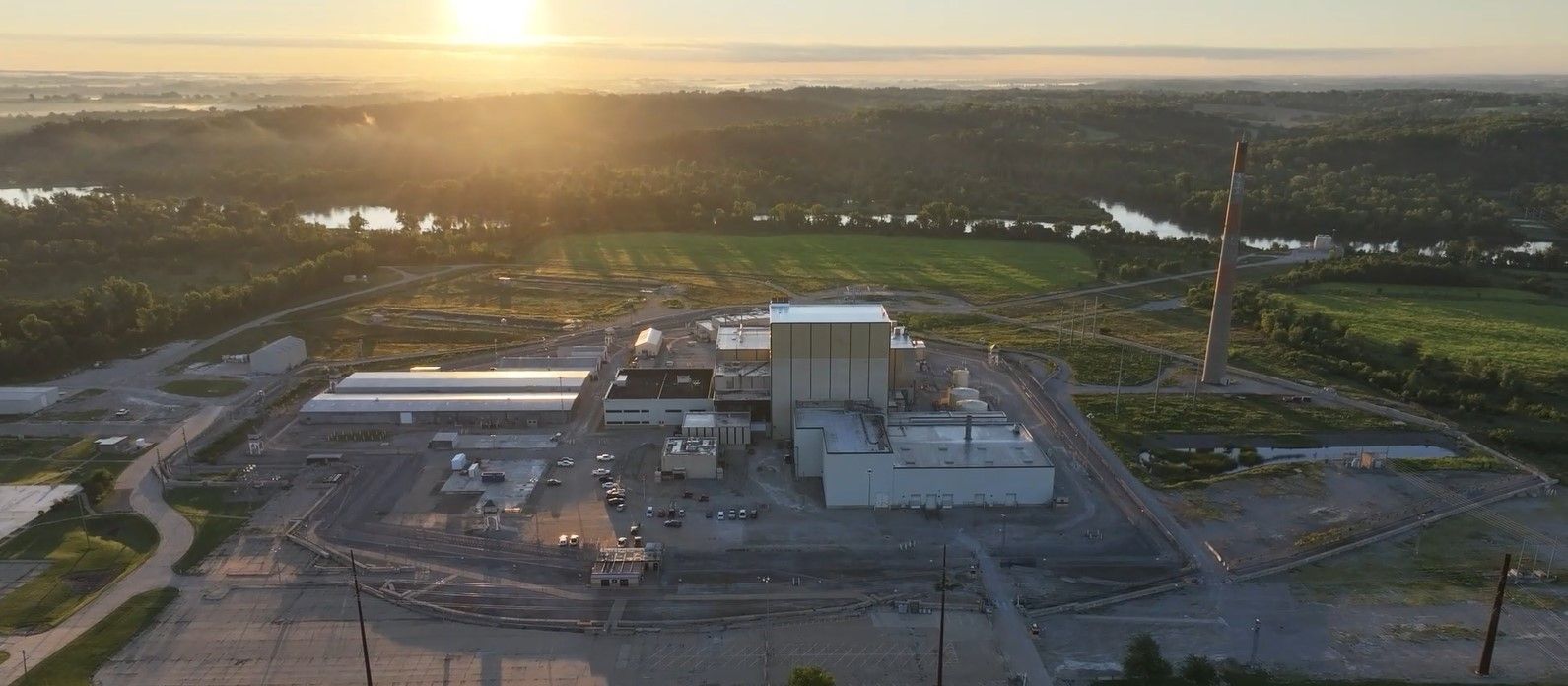Google just made nuclear history by signing a 25-year deal to revive Iowa's shuttered Duane Arnold Energy Center, marking the latest Big Tech push to secure carbon-free power for AI data centers. The 615MW plant, which closed in 2020, would become the first mothballed nuclear facility ever restarted in the US when it comes back online in 2029.
Google is betting big on nuclear power's comeback, and it's willing to make history to get there. The tech giant just announced a groundbreaking 25-year agreement with NextEra Energy to purchase electricity from the Duane Arnold Energy Center in Iowa - a 615MW nuclear plant that's been sitting idle since 2020. When it fires back up in 2029, it'll mark the first time the US has ever successfully restarted a mothballed nuclear facility.
The timing couldn't be more critical. As AI workloads explode across Google's data centers, the company is facing an energy crunch that renewable sources alone can't solve. "We're enabling the investment to restart the plant and covering costs for the production of energy from Duane Arnold," Google explained in a blog post. The Central Iowa Power Cooperative will snag whatever electricity Google doesn't use, creating a win-win for both the tech giant and local utilities.
This move puts Google squarely in competition with Microsoft, which announced plans last year to help revive a shuttered reactor at Three Mile Island by 2028. Both companies are essentially racing to secure carbon-free baseload power that can run 24/7 - something solar and wind can't deliver consistently for power-hungry AI operations.
The nuclear revival reflects how dramatically the energy landscape has shifted. For decades, nuclear plants struggled to compete with cheap natural gas and falling renewable costs. But as power grids scramble to keep up with growing electricity demand from AI, nuclear's ability to generate massive amounts of clean energy around the clock suddenly looks attractive again.
Duane Arnold first started generating power in 1975 and has been sitting dormant for four years. Getting it operational again won't be simple - the US has never attempted to restart a mothballed nuclear plant, according to Reuters reports. The technical challenges include refurbishing aging equipment, updating safety systems, and navigating complex regulatory approval processes.












